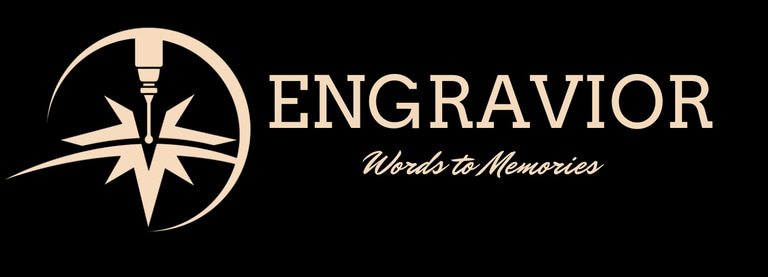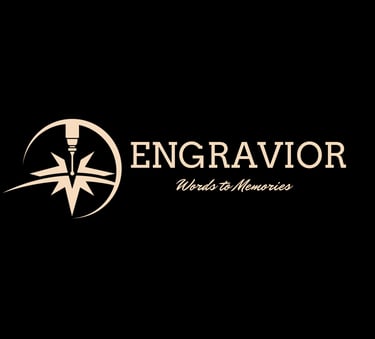SHOP WIDE 60% DISCOUNT 🛍️ FREE SHIPPING 🚚 on all Orders - No Minimum!
Type of Wood for your Charcuterie Set
2/10/20232 min read
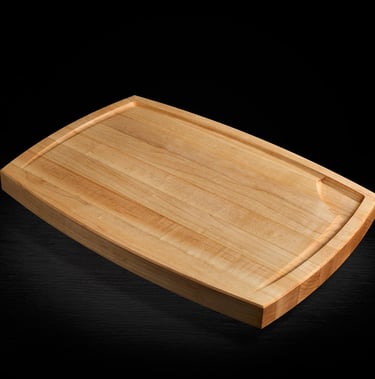

The Best Types of Wood for Charcuterie and Cutting Boards
When it comes to choosing the perfect wood for charcuterie and cutting boards, selecting the right material is crucial. A well-made board not only enhances your presentation but also ensures durability and food safety. Let's explore the best types of wood used for charcuterie cheese boards and cutting boards.
1. Maple
Why it's great: Maple, particularly hard maple (also known as sugar maple), is one of the most popular choices for cutting boards. It's highly durable, scratch-resistant, and has a fine, closed grain that prevents bacteria and moisture from penetrating the surface. Its light color also makes it an attractive choice for charcuterie boards.
2. Walnut
Why it's great: Walnut is a premium choice known for its rich, dark brown color that adds elegance to any charcuterie board. It’s durable yet slightly softer than maple, making it gentle on knives. Its natural resistance to moisture makes it a great option for both cutting and serving boards.
3. Cherry
Why it's great: Cherry wood has a beautiful reddish hue that darkens with age, giving it a luxurious appearance. It has a smooth, tight grain that helps prevent bacteria buildup. Though slightly softer than maple and walnut, cherry still offers good durability and is an excellent option for charcuterie boards.
4. Acacia
Why it's great: Acacia is a strong, water-resistant hardwood with a stunning natural grain pattern. Its rich golden-brown tones add warmth to your kitchen, making it a popular choice for charcuterie boards. Acacia is also highly resistant to scratches and warping, making it a long-lasting option.
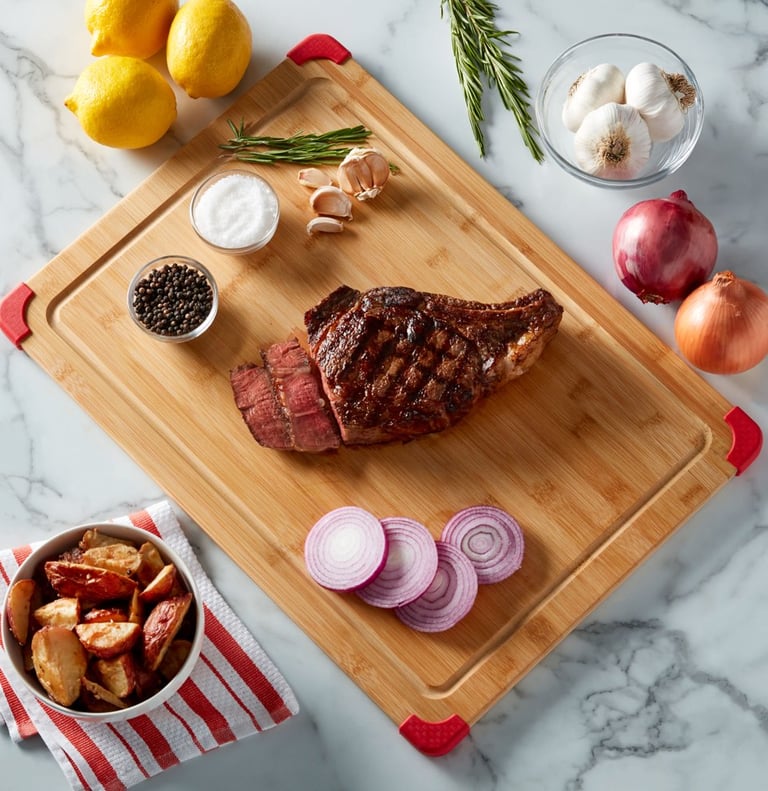

5. Teak
Why it's great: Teak is naturally high in oil content, making it highly resistant to moisture and bacteria. Its dense nature ensures longevity, and its warm brown tones provide a sophisticated look. Teak is ideal for both cutting and serving purposes.
6. Bamboo (Technically a Grass)
Why it's great: While bamboo isn’t technically wood, it's a highly sustainable and eco-friendly choice. Bamboo boards are lightweight, resistant to moisture, and have a hard surface that resists knife marks. However, they can be prone to cracking over time if not properly maintained.
7. Olive Wood
Why it's great: Olive wood is known for its striking grain patterns and natural antibacterial properties. It’s durable, dense, and has a unique aesthetic that makes it perfect for stylish charcuterie boards. Due to its density, olive wood boards require regular oiling to maintain their beauty and prevent cracking.
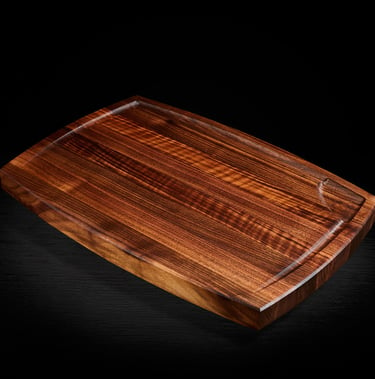

Which Wood is Best for Your Needs?
For heavy-duty cutting boards: Maple, walnut, and teak are the best options due to their durability and resistance to knife marks.
For elegant charcuterie boards: Walnut, cherry, acacia, and olive wood offer beautiful aesthetics with a smooth surface for serving.
For an eco-friendly option: Bamboo is a great sustainable choice, but it requires proper care to prevent damage.
Connect With Us
© Copyright 2024 | ENGRAVIOR | All Rights Reserved |
